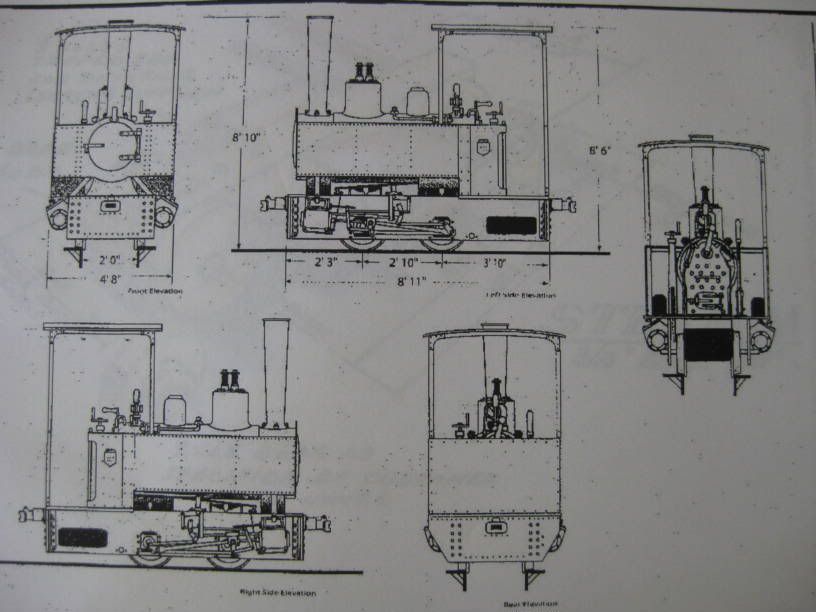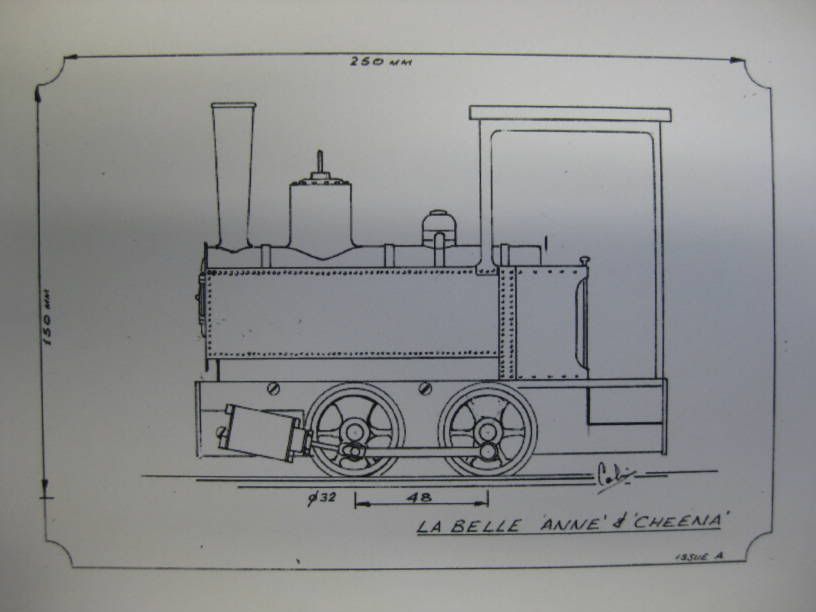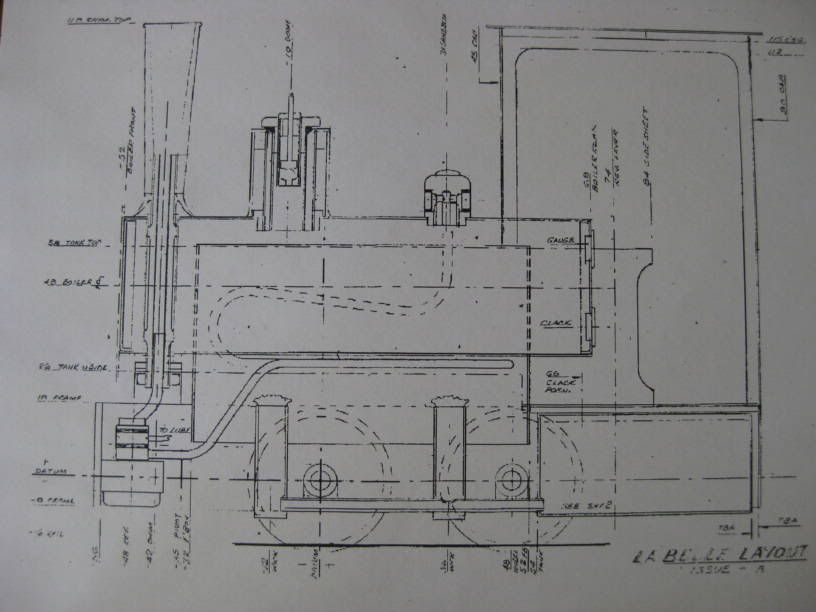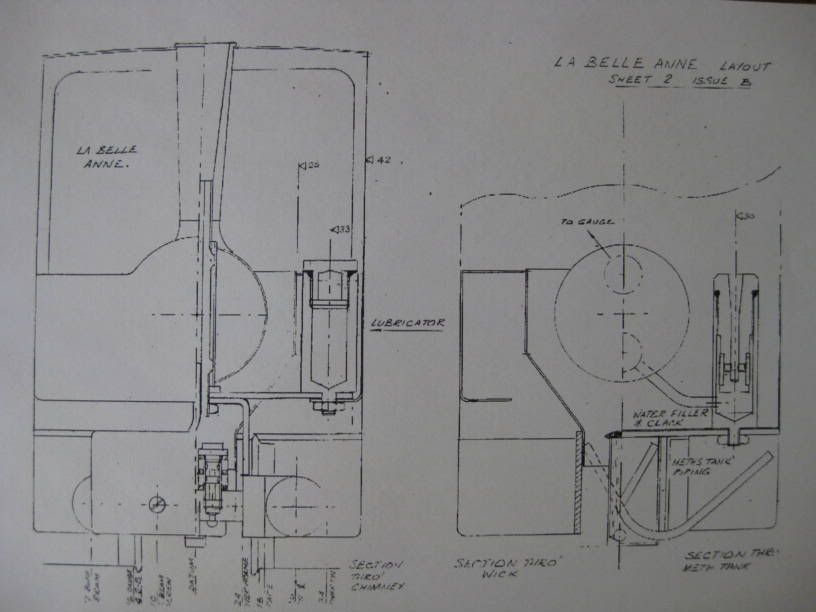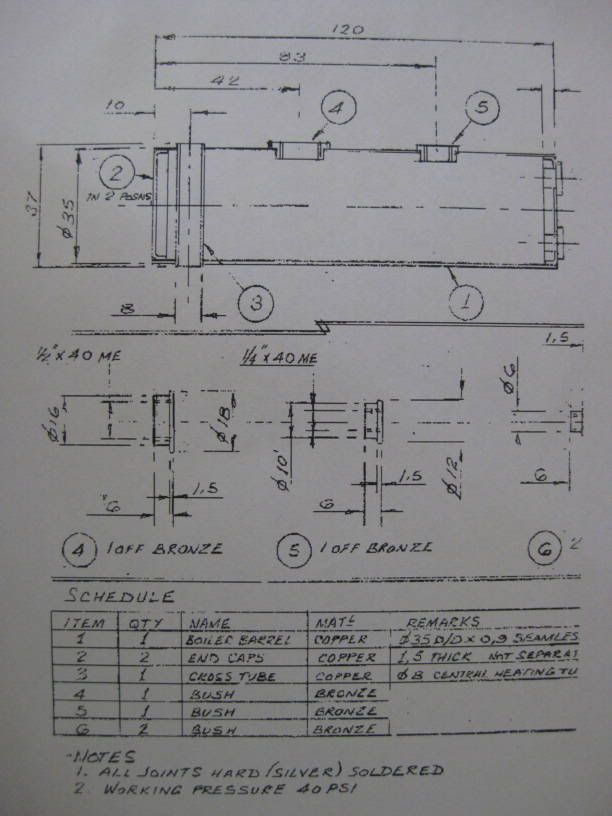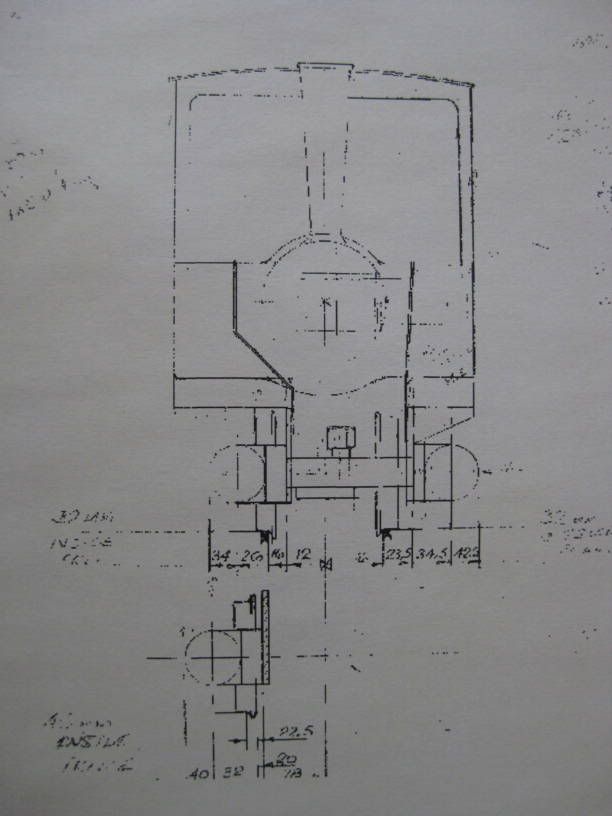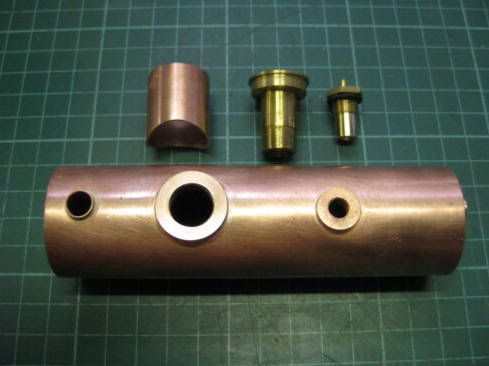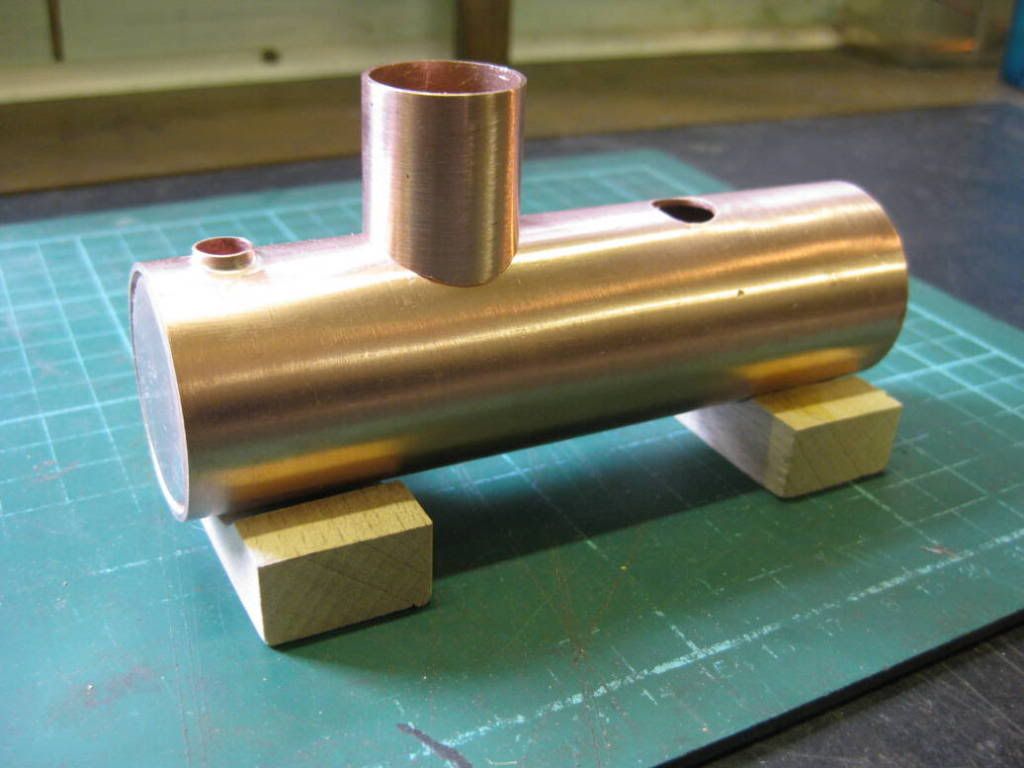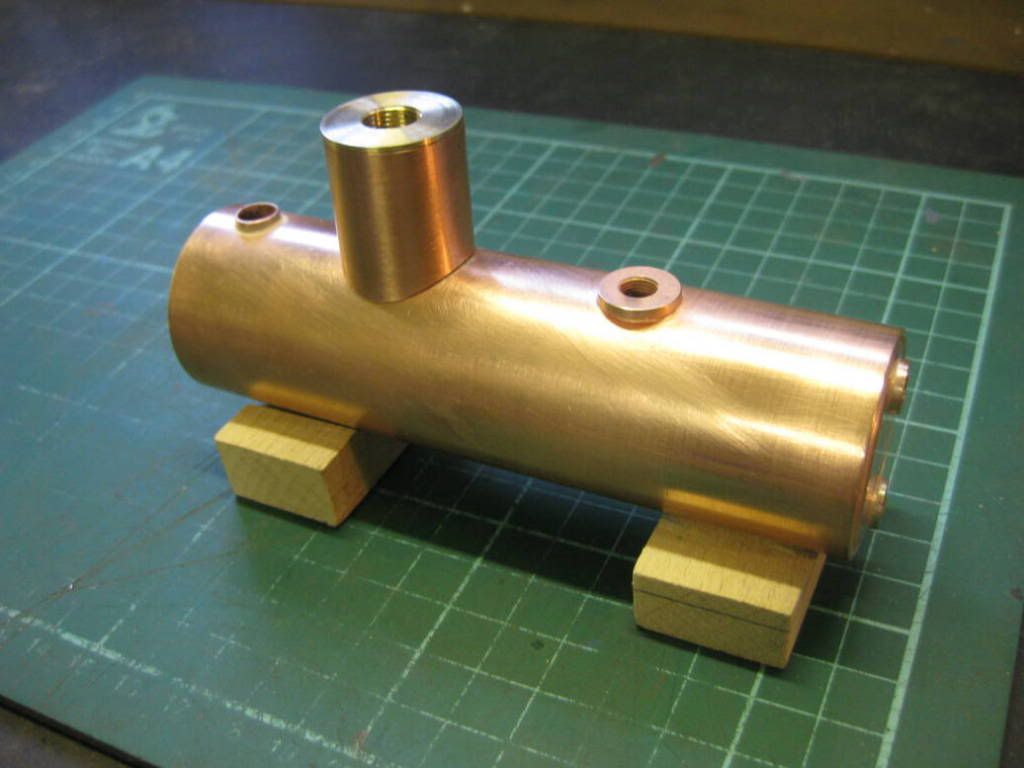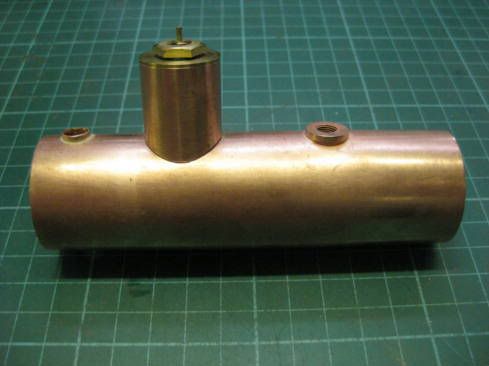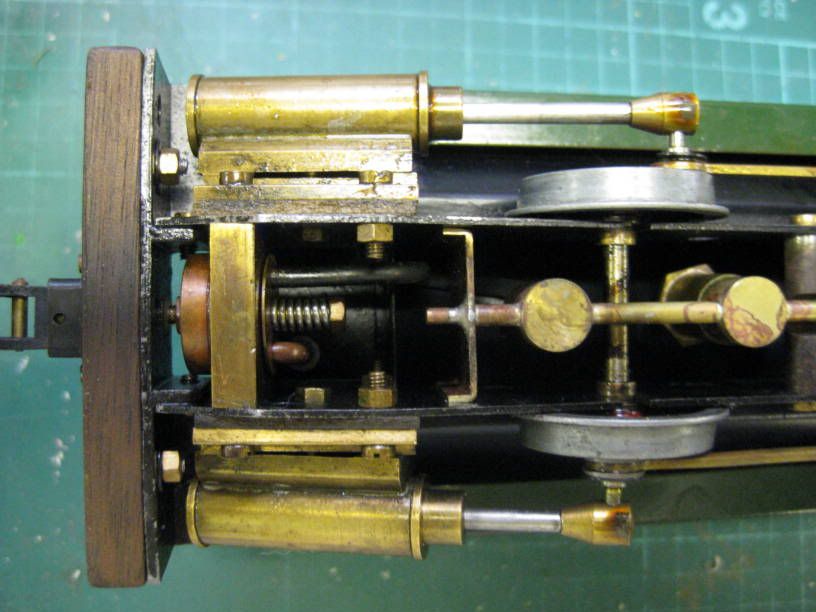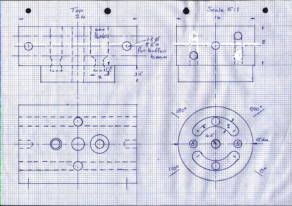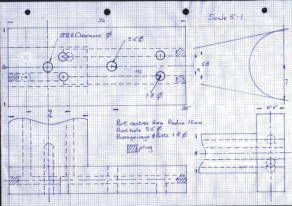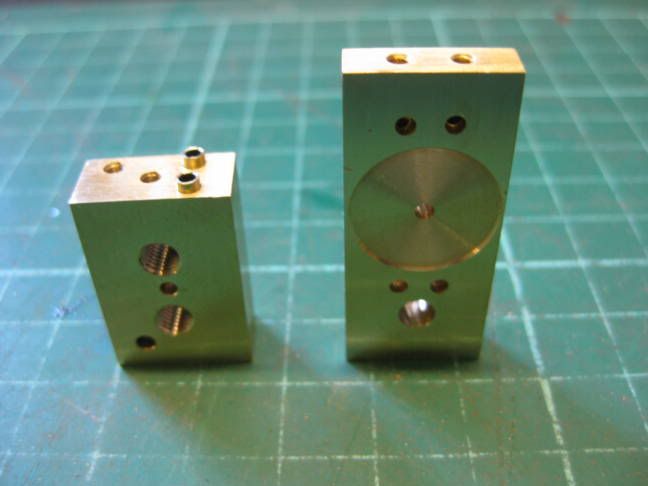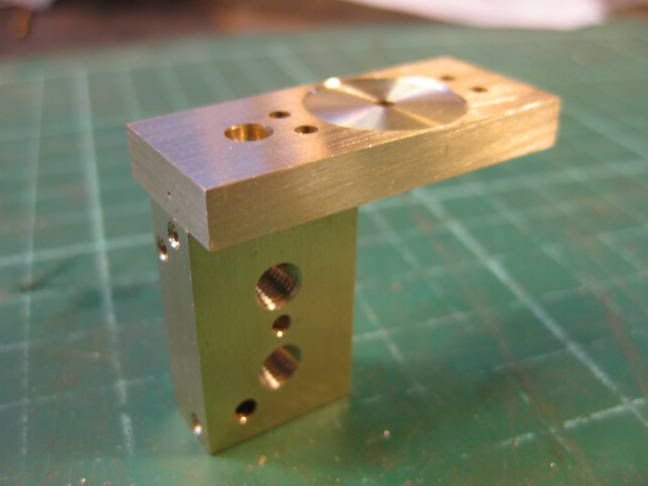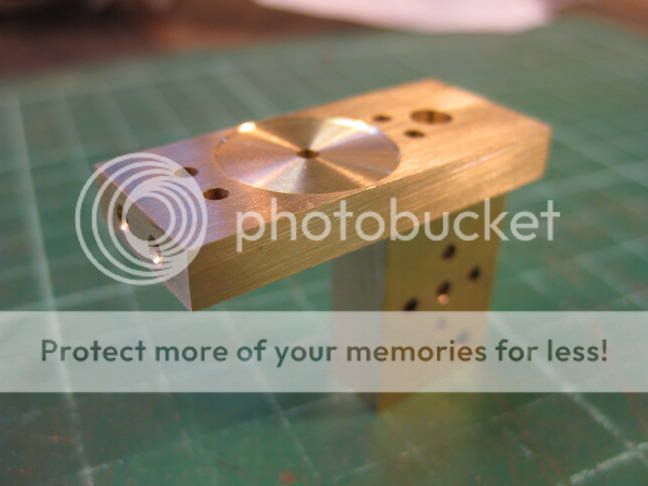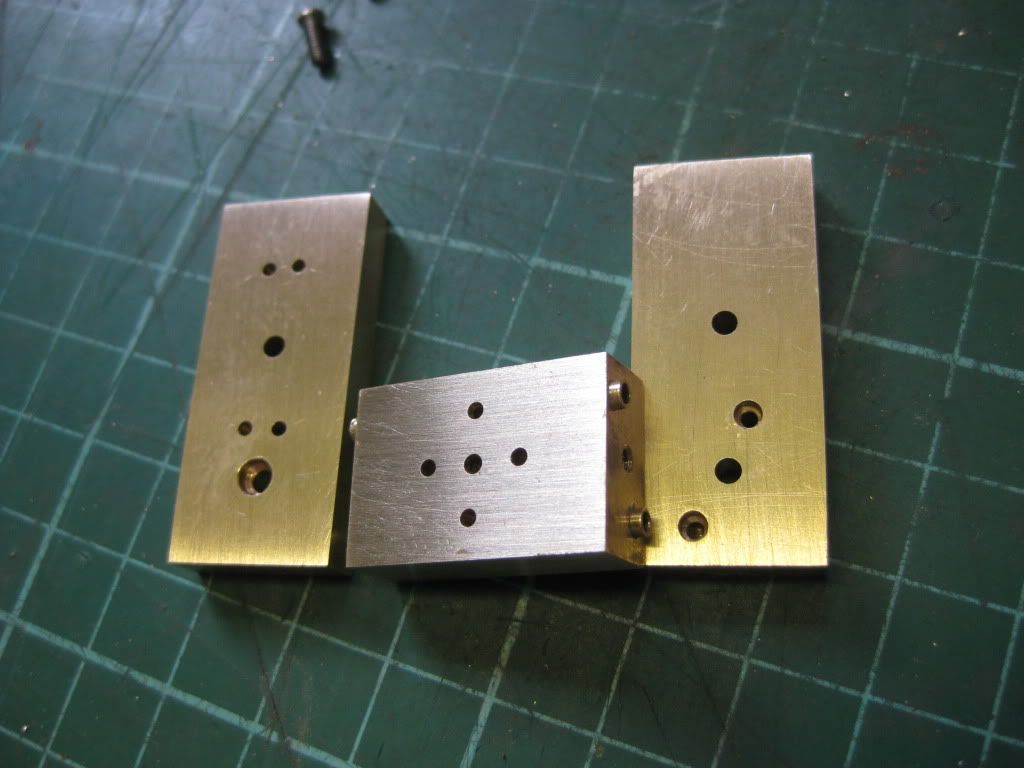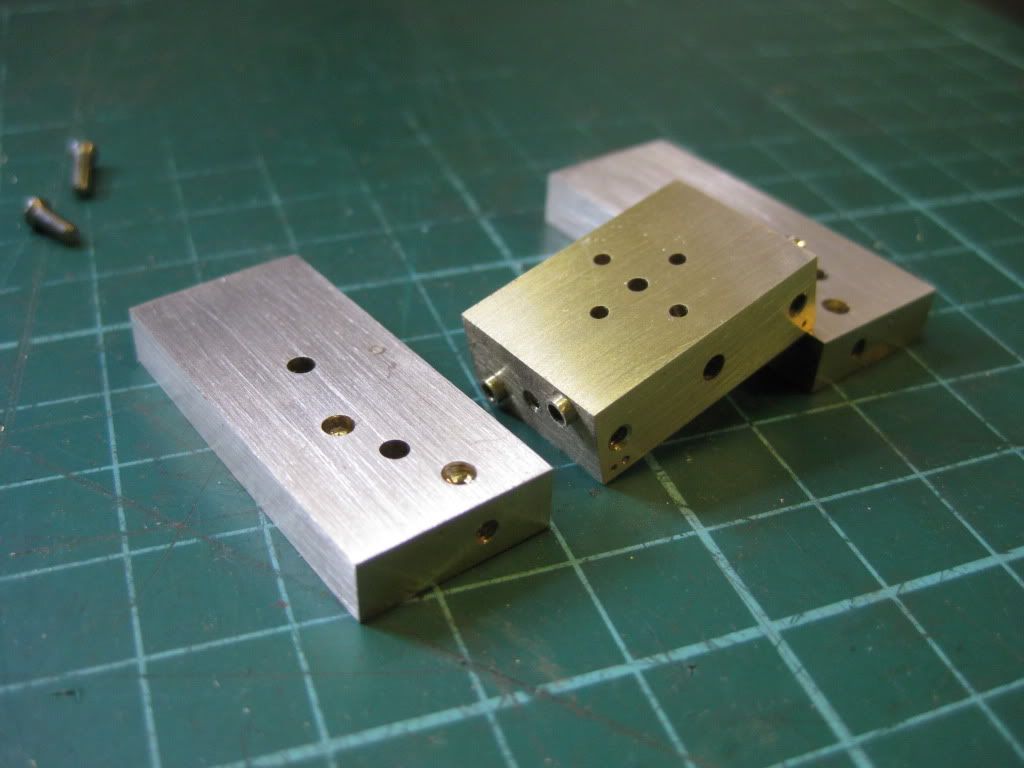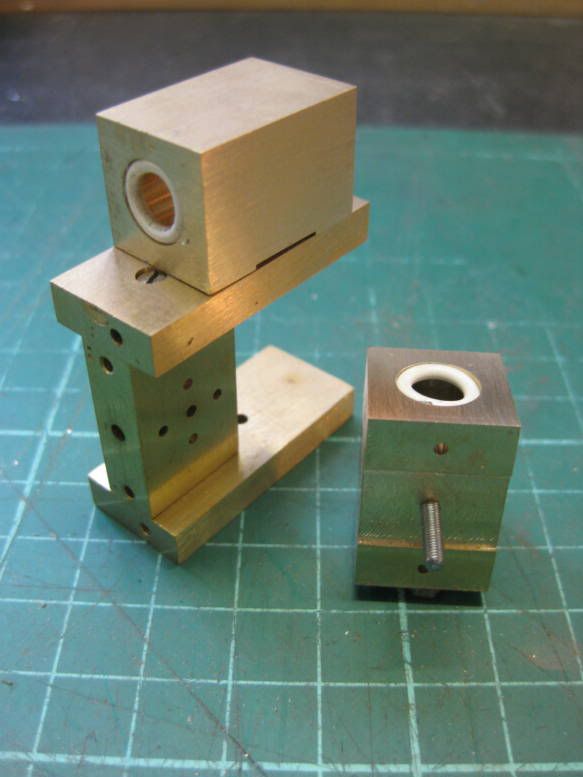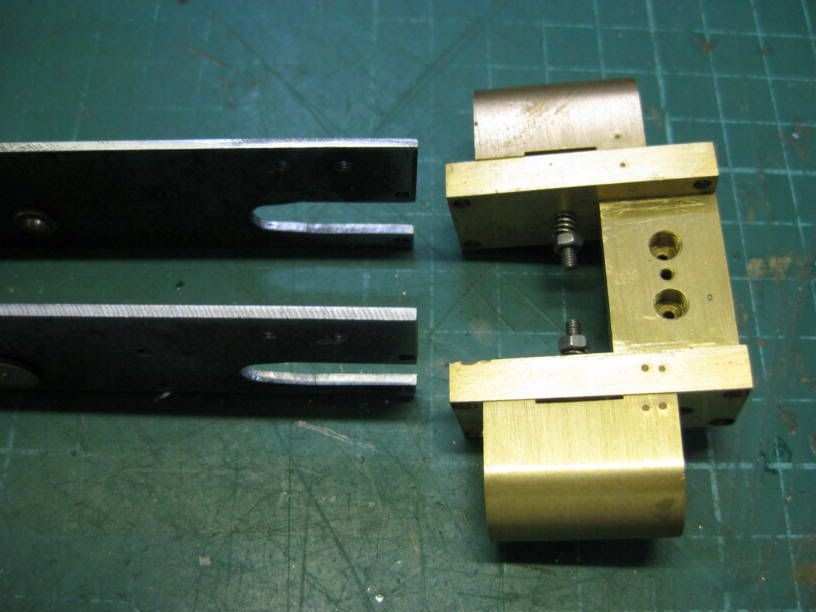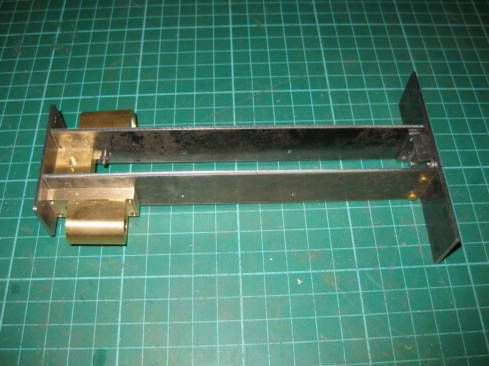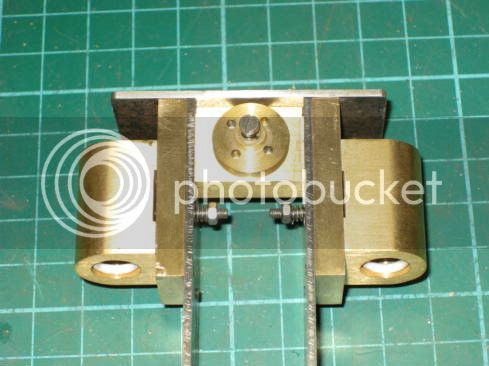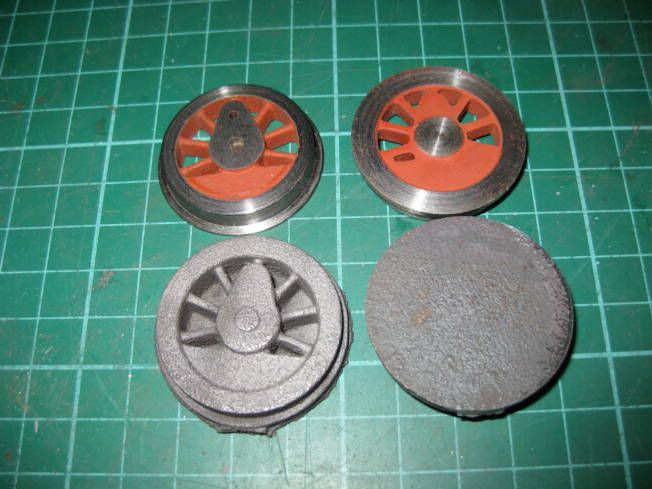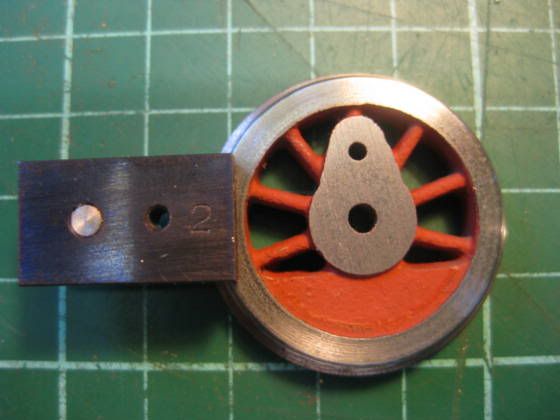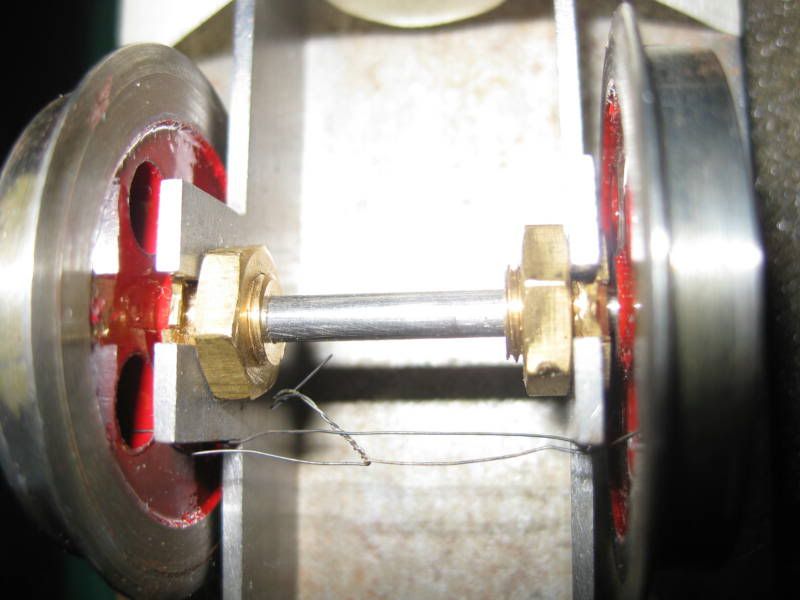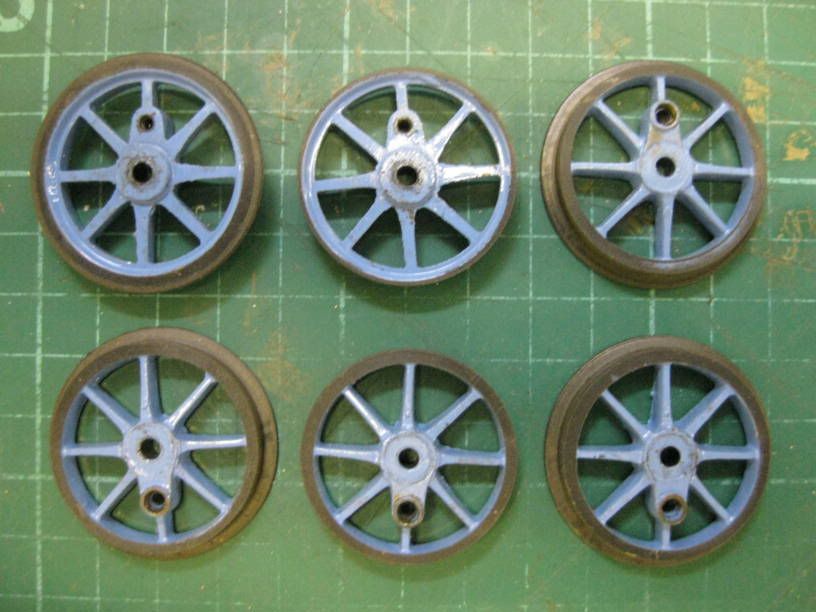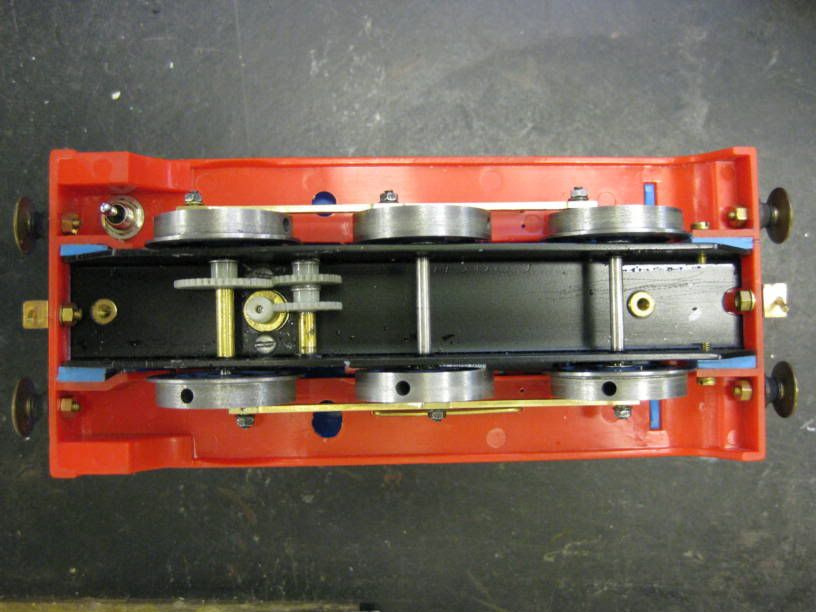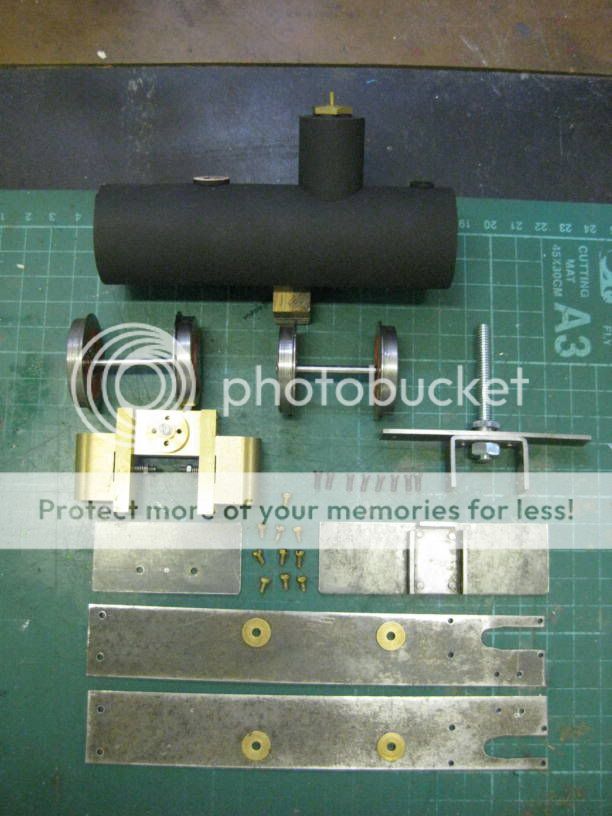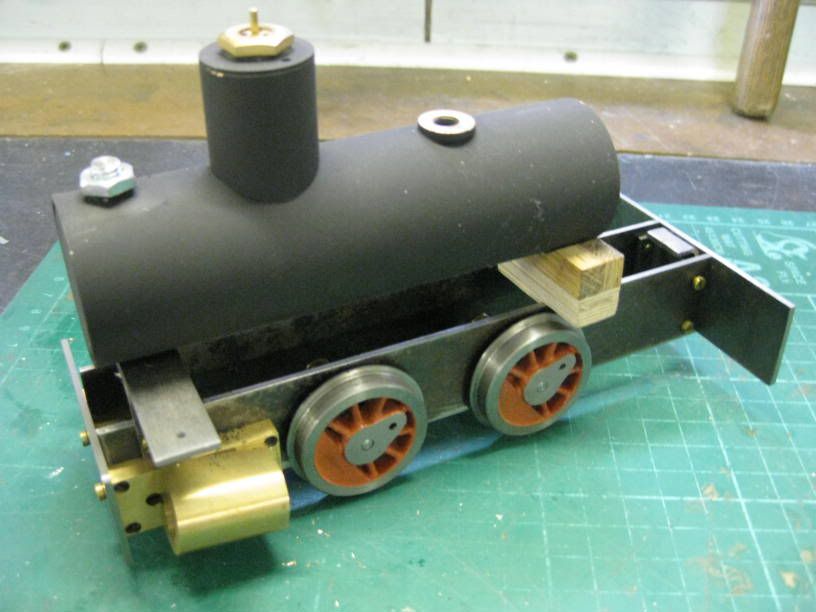Tony Bird
Senior Member
Hi
In May 2005 Colin Binnie started a thread in an egroup entitled;
La Belles for home construction.
Which started;
A long while ago in a galaxy far, far away .
Well, about two months ago at Withington actually. I was watching a small loco belonging to Alan King circulating most charmingly with a train of tippers. And it looked right.
The email goes on to describe a locomotive that he is designing. It was to be a simple small locomotive suitable for a beginner to tackle. The design was for a 0-4-0 based on an early Decauville 5-ton locomotive. It was to have a meths fired pot boiler with filler valve, to be powered by twin double acting oscillating cylinders, have lever reverse and a lubricator.
There were to be three versions;
A 32mm gauge with inside frames known as La Belle Anne
B 32mm gauge with outside frames known as La Belle Barbara.
C 45mm gauge with inside frames known as La Belle Cheena
All versions were to have the same bodies, boiler, and cylinders, wheels etc. the only parts altered were those that allowed the different frame spacing needed. The over all width and length being the same on all versions.
The idea was that Colin would do the drawings for in his words no reward and others in the group would provide services such as wheel castings, make boilers, etched body and laser cut parts for those that wished to buy them.
Colin produced some preliminary drawings and answered a lot of questions from those who said that they were interested in make the model. Somewhere along the line there was a falling out among the group and Colin left. He was eventually persuaded to return but he did not complete the drawings.
I did not belong to this egroup and the first I knew about Colins incomplete drawings was after he past away in 2008. Someone in another egroup mentioned that it was a shame that someone couldnt finish the drawings, make one of the models, they had also included a copy of the drawings such as they were. Having made models to other peoples design as well as my own I thought I would give it a go. That was nearly three years ago and it has proved more difficult than I thought. I wanted to keep as close to the available drawings as possible. The following posts will show as far as I have got.
I expect that to many that might read my posts Colin Binnie will be unknown. He was quite a well-known British model engineer and had a company known as Binnie Engineering that made and supplied GRP components such as wheels, couplings and axle boxes to those that modelled in 16mm scale. He also produced a steam motor.
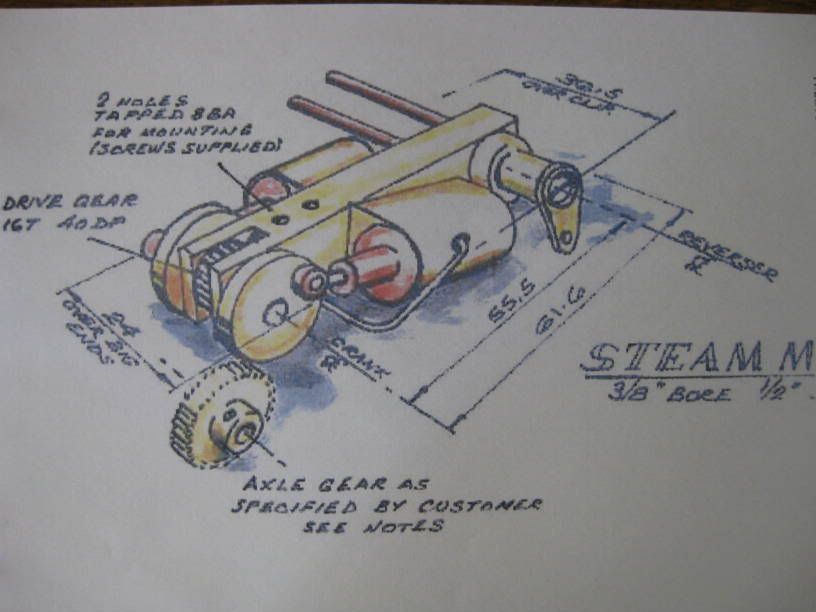
I will continue in the next post.
Regards Tony.
In May 2005 Colin Binnie started a thread in an egroup entitled;
La Belles for home construction.
Which started;
A long while ago in a galaxy far, far away .
Well, about two months ago at Withington actually. I was watching a small loco belonging to Alan King circulating most charmingly with a train of tippers. And it looked right.
The email goes on to describe a locomotive that he is designing. It was to be a simple small locomotive suitable for a beginner to tackle. The design was for a 0-4-0 based on an early Decauville 5-ton locomotive. It was to have a meths fired pot boiler with filler valve, to be powered by twin double acting oscillating cylinders, have lever reverse and a lubricator.
There were to be three versions;
A 32mm gauge with inside frames known as La Belle Anne
B 32mm gauge with outside frames known as La Belle Barbara.
C 45mm gauge with inside frames known as La Belle Cheena
All versions were to have the same bodies, boiler, and cylinders, wheels etc. the only parts altered were those that allowed the different frame spacing needed. The over all width and length being the same on all versions.
The idea was that Colin would do the drawings for in his words no reward and others in the group would provide services such as wheel castings, make boilers, etched body and laser cut parts for those that wished to buy them.
Colin produced some preliminary drawings and answered a lot of questions from those who said that they were interested in make the model. Somewhere along the line there was a falling out among the group and Colin left. He was eventually persuaded to return but he did not complete the drawings.
I did not belong to this egroup and the first I knew about Colins incomplete drawings was after he past away in 2008. Someone in another egroup mentioned that it was a shame that someone couldnt finish the drawings, make one of the models, they had also included a copy of the drawings such as they were. Having made models to other peoples design as well as my own I thought I would give it a go. That was nearly three years ago and it has proved more difficult than I thought. I wanted to keep as close to the available drawings as possible. The following posts will show as far as I have got.
I expect that to many that might read my posts Colin Binnie will be unknown. He was quite a well-known British model engineer and had a company known as Binnie Engineering that made and supplied GRP components such as wheels, couplings and axle boxes to those that modelled in 16mm scale. He also produced a steam motor.

I will continue in the next post.
Regards Tony.





